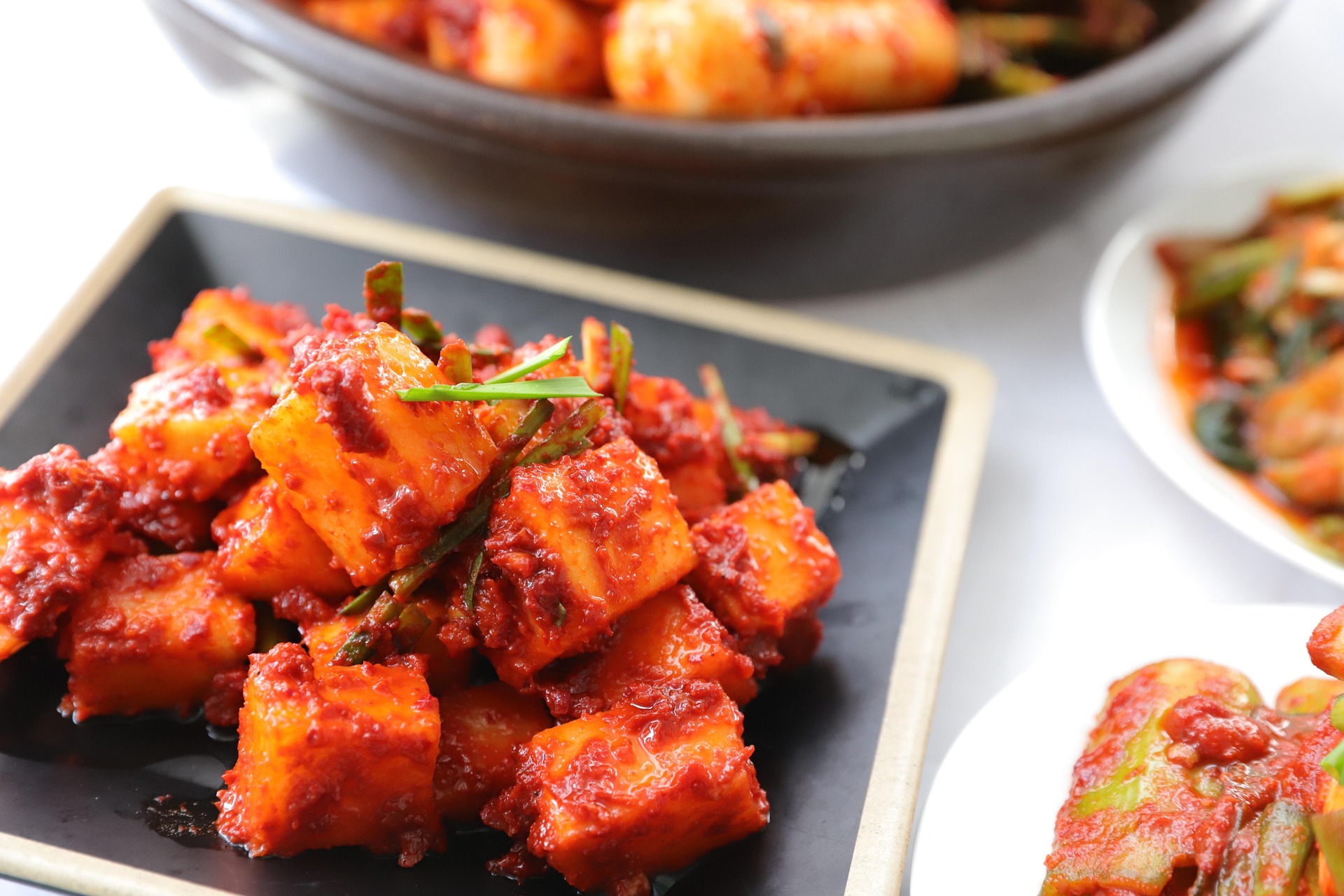Discovering the Richness of Korean Cuisine Beyond Kimchi
The culinary world is rapidly expanding, and one cuisine that deserves spotlight and is gaining traction is Korean. Widely recognized for its vibrant, complex, and rich flavors, Korean cuisine goes far beyond kimchi. Let’s unpack this culinary powerhouse and immerse ourselves in its delightful offerings.

Why Korean Cuisine is Gaining Popularity
Korean food offers a remarkable balance of flavors. Sweet, salty, spicy, and sour work in harmony to create dishes that sing on the palate. And it’s not just taste - visual representation, with vibrant colors and tempting textures, is essential in Korean gastronomy. Global interest in K-Pop and Korean dramas is amplifying curiosity about traditional Korean food.
Iconic Dishes You Must Try
The world of Korean cuisine offers an array of dishes that extend beyond Kimchi. Bibimbap, a colorful mixed rice bowl, and Jajangmyeon, a noodle dish with black bean sauce, are must-trys. Another favorite is Korean barbecue (Samgyeopsal), where you grill marinated meats at the table.
Dynamic and Creative Beverage Scene
Korea’s drink scene is equally intriguing. Soju, a clear spirit similar to vodka, is enjoyed throughout the country. For a non-alcoholic beverage, Omija cha, a tea made from a five-flavor berry, offers a unique aromatic experience. And let’s not forget about the recent trend of creative fusion drink recipes gaining popularity.
Modern Innovation Meets Traditional Korean Cooking
The intersection of modernity and tradition in Korean cuisine is very noticeable. Chefs experiment with new ingredients and techniques without losing traditional flavors. One noteworthy trend involves incorporating superfoods into traditional recipes to cater to the health-conscious global audience.
Unveiling Korean Street Food
Korean street food is a sensory delight. Hotteok (sweet pancakes) and Tteokbokki (spicy rice cakes) are sheer comfort on a plate. These street foods are not just snacks but also a testament to Korea’s rich culinary traditions and local life.
Insider’s Hot Tips
- When visiting a Korean restaurant, expect an array of small dishes called ‘banchan’ to accompany a meal.
- Korean barbecue is a communal eating experience. Try it with a group!
- For vegetarian options, try Japchae (stir-fried glass noodles) or Bibimbap without meat.
- Korean meals are traditionally served with a bowl of rice and soup.
As we traverse this culinary journey, we realize that Korean cuisine is far more than spicy pickled cabbage and Korean barbecue - it’s a diverse, rich, and complex array of flavors. The ever-evolving trends and creativity embedded in this cuisine make it even more enthralling. As adventurous food lovers, we just scratched the surface of Korean cuisine, leaving us with plenty more to explore and enjoy.




